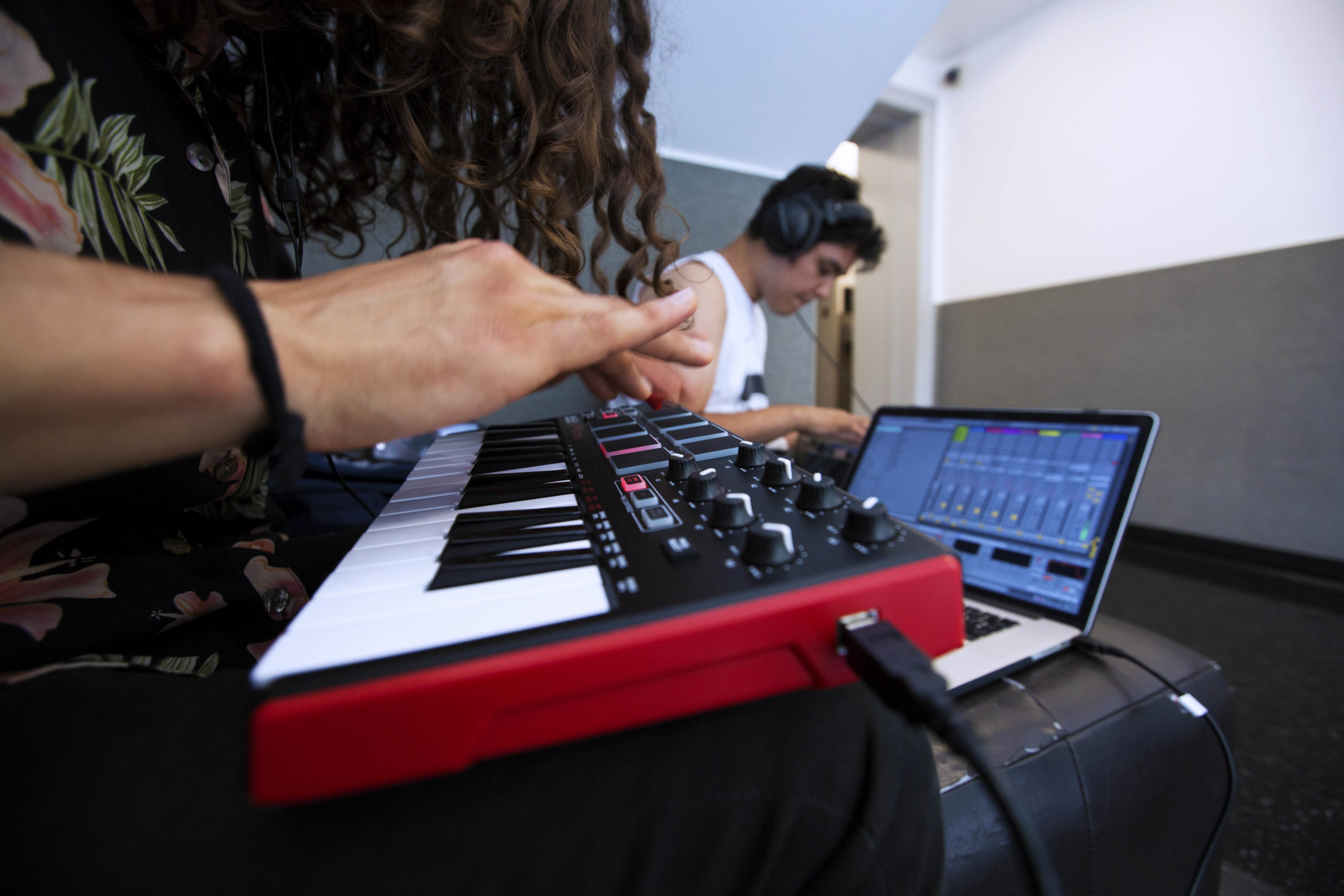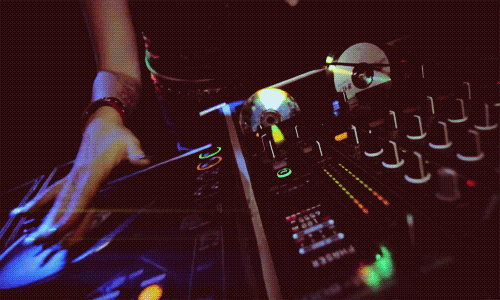This piece is first in a series of MI’s Guidebook for the Independent Artist. First up, Director of Industry Programs Lacey Harris introduces the importance of finding your unique sound and personality in your work.
One thing that makes a piece of music memorable and stand out against a forgettable, “cookie-cutter” sound, is its unique artistic voice—or, in the case of electronic music producers, a distinguishable sonic identity.
While it’s important to have a basic understanding of “what works” in a track (or even an entire genre), an important part of creating a lasting impression, is a personal touch. If a producer makes tracks that sound exactly like someone else’s while using the same Ableton Live factory Drum Racks, Serum, Massive, or Sylenth presets without any tweaks, how will they stand out?
The short answer is: they probably won’t.

Blog Post
"*" indicates required fields
By submitting this form, I authorize Musicians Institute (MI) to make or allow the placement of calls, emails, and texts to me at the phone number that I have provided, including through the use of automated technology, or a prerecorded or artificial voice. I understand that I am not required to provide my phone number as a condition of purchasing any property, goods, or services. I agree to the terms of MI’s Privacy Policy. MI will not sell or rent your information to third parties, and you may unsubscribe at any time.
People will move on. And not because your track wasn’t well-produced, but because it wasn’t memorable or unique. How many times have you heard a track on a huge sound system that blew you away, and thought, “The way that synth lead in the buildup made my arm hairs stand up,” or, “that bass sound pulsed through my entire body!” That’s what we want to achieve with our sound!

Here are some questions every producer should ask themselves:
- What is my unique sonic identity made of?
- What do I want to be the most recognizable elements of my music?
Don’t worry! Even experienced producers are sometimes surprised by the difficulty of these questions. But, in the current age of countless bedroom producers and beatmakers, it is necessary to identify your desired sound so you can find ways to develop it as your sonic fingerprint.
You can achieve this most effectively by learning the fundamentals of synthesis and sampling from the ground up so that when you sit down at any synth or drum machine, you can take the sound that’s in your head and bring it to life. Is it a huge, throaty “talking” square wave bass with filter modulation?
Perhaps you want to create screaming lead melodies made from layers of fine-tuned sawtooth waves stacked together? Or, do you dream of achieving the perfectly tuned and squashed 808 trap kick, or create a signature style of emotional piano chord progressions for a progressive house track?

The possibilities are endless when you come up with a plan. From there, you can then put in the work to practice and master the art of sound design.
Of course, Musicians Institute and the Electronic Music Production program are here to help you navigate this exciting, sometimes daunting, sonic world. Watch this space for upcoming tutorials on how to achieve some of these examples!

